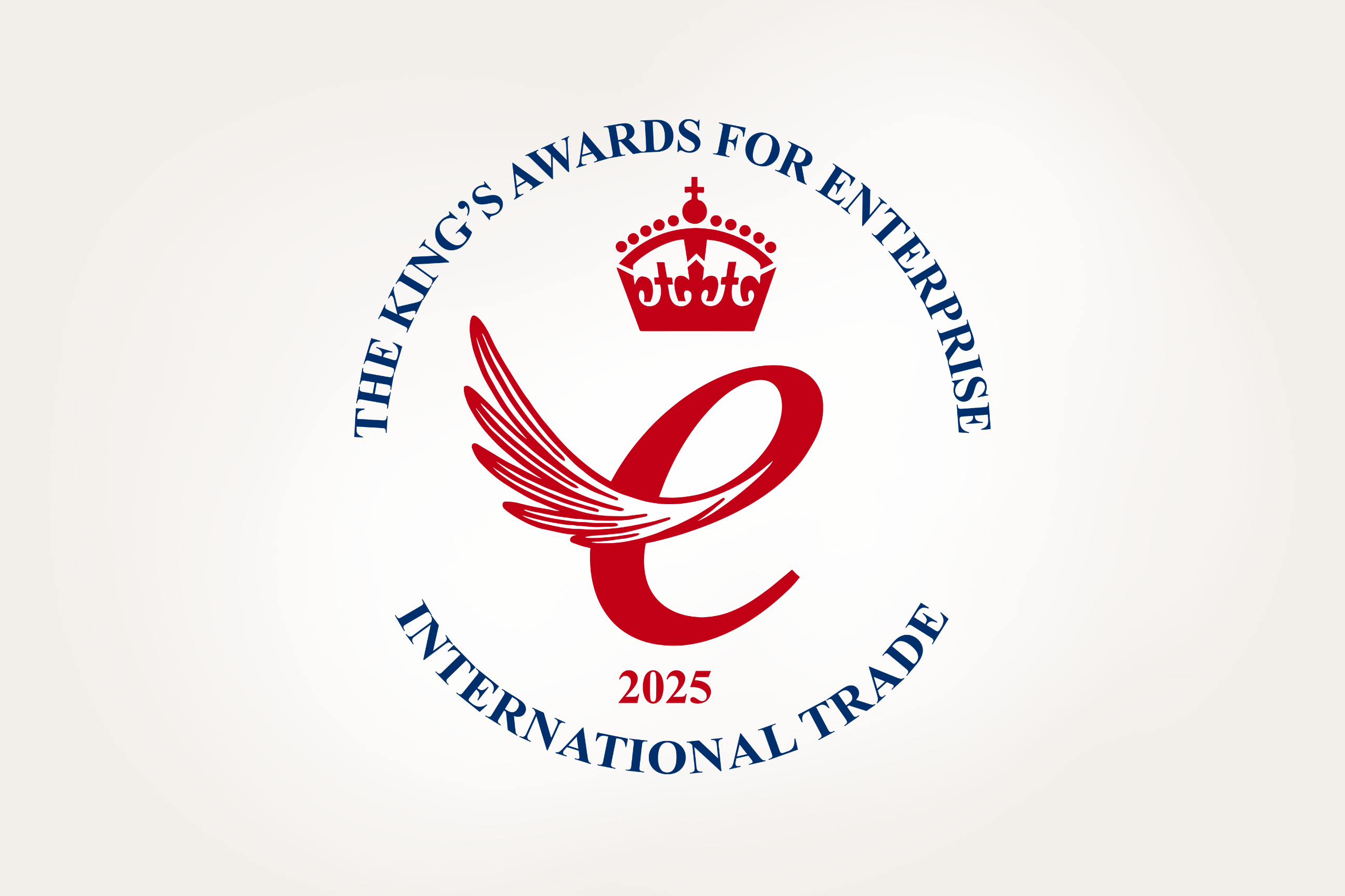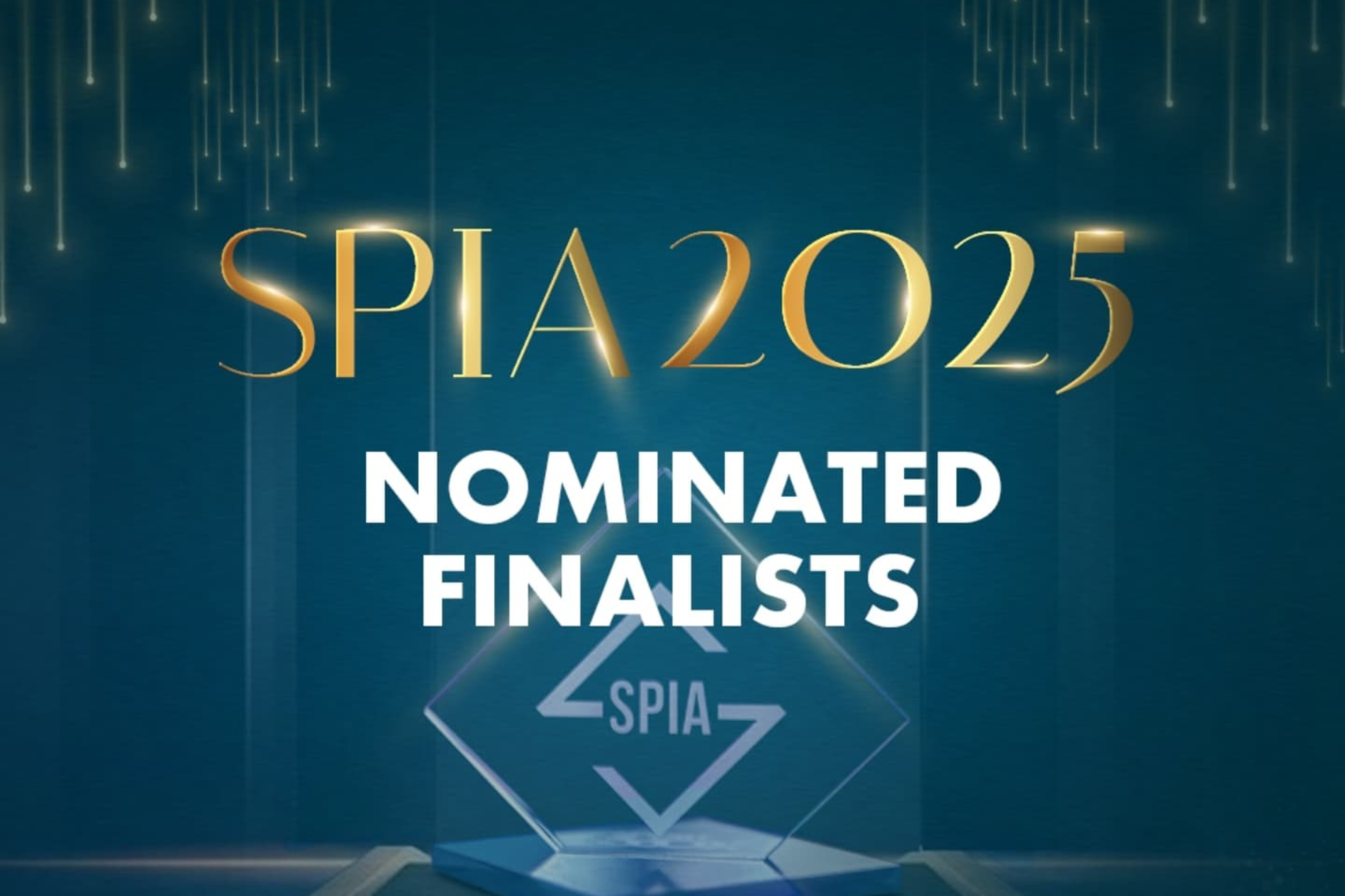
Shifting expectations
As ticket prices surge, investment from brands in sports continue to grow and technology advancements push forward the possibilities of activations at venues, there is an increasing expectation from fans to get value for money from attending events.
Across the fan spectrum, there is an expectation to see more than just the on-field action, with demand for additional wraparound activities and content available throughout, suitable for first time attendees and lifelong fans.
Rightsholders and event organisers are innovating to meet these needs, finding ways to provide cross sector entertainment, increase value and exposure for partners, increase the dwell time at events and grow the affinity of both new and existing fans.
How are rightsholders and event organisers optimising the event experience?
We’ve identified eight prevalent themes across major events that can improve the fan experience and benefit both the consumer and the rightsholder:
- Pre & Post Entertainment
Fans attending live sports events increasingly expect a full day experience, from arrival at the venue, to post event celebrations. This is especially prevalent in younger fans who have a more diverse interest in the sport and motivations for attending live events.
Done well, extending the fan experience provides rights holders with an opportunity to increase engagement with fans, deepening fandom and potentially growing the sport among new audiences. In addition, by creating shareable moments pre- and post-event, rights holders can encourage fans to create user-generated content that enhances the social media profile of the event and the sport or team. Finally, providing a broader experience that increases dwell time can drive additional direct revenues, with fans having further opportunities to spend on merchandise and F&B.
Best in class example: NFL deliver a Tailgate experience at their European Games to provide fans with a true American NFL Game experience and entertain fans with shareable experiences for several hours prior to kick-off with music, cheerleaders, player appearances, try-out activations, sponsor activations, and merchandising.
- Entertainment During The Event
Keeping fans in their seat and engaged throughout an event through relevant and aligned entertainment can attract and retain a new generation of fans. Tailoring the entertainment for the target audience helps to create the right atmosphere, with examples including empowering fans to choose the music, which gives fans a better experience and gives rightsholders the ability to gain deeper insights into their audience. This type of fan engagement is particularly important for engaging and retaining younger fans, with a PwC report indicating that only 62% of Generation Z fans watch live events in their full length, compared with 93% of Boomers.
Best In class example: MLB identified that they have a total of 16 natural gaps in play that last 90 seconds each and create a structured plan that details a new activation that takes place in each of these gaps in play. This entails dance cams, mascot races, kiss cams and many more.
- Utilising Data & Insights
To be kept engaged, avid fans want to receive the latest insight and data, while new fans need to be educated.
Fans who watch sports events from home have become used to having access to a plethora of statistics, data and insight at their fingertips. Much of this is provided within the broadcast through graphics and punditry. Traditionally, spectators at live events have not had this same insight, but there is a growing trend to create innovative ways to provide insight to fans, making the experience more engaging.
Best in class example: World Rugby work with innovation partner Capgemini on the Sevens series, where they have enhanced fan experience and appeal through innovations both in stadia, as well as on digital and broadcast platforms – such as the Sevens app, Media Stats Hub and Live Match Tracker.
- Digital Integration
Technology offers the potential for rights holders to enhance the live event fan experience in every aspect. Research shows that 55% of fans in the USA want opportunities to engage with technology at live events (Gensler 2022). Venues are now becoming more connected, and fans expect a certain level of connectivity when they attend events. Internet connectivity sits at the crux of the modern fans’ gameday experience; they want high specification Wi-Fi to be able to post their experience on social media and use apps to understand the games and engage with the action. This means infrastructure must be carefully considered when developing digital activations.
Best in class example: Goodwood delivers Future Lab, a designated area at the Festival of Speed committed to communicating the relevance of the future of motorsport and motorsport technology. Exhibits are created with commercial partners and provide immersive, hands-on experiences such as virtual reality.
- Sport With Purpose
The modern sports fan expects the teams, clubs and events that they support to engage with the world beyond the sporting realm as fans want to be a part of events that stand for a cause and express their support. This meaning and purpose can take many forms including aligning with particular cultural moments during the year, promoting mental health and wellbeing, or raising sustainability issues can demonstrate support for causes that fans care about. However, this needs to be done in an authentic manner, and be bought into by teams, players and commercial partners, to avoid appearing superficial.
Best in class example: Sail GP has committed to sustainable events and ensured a 360° approach at their Nordhavn event in Denmark. From plant-based food options and fully recyclable cutlery to Carlsberg’s newly designed plastic beer bottles and electric buses taking fans to the venue, every detail of the Denmark Sail GP is geared towards reducing the event’s carbon footprint.
- Access To The Action
Fans expect increasing levels of access and are willing to pay for it as they crave a premium offering or benefit from attending live. In general, these experiences have to be very limited in number, meaning very high prices can be charged. Given the low cost of delivery, this makes these experiences very commercially beneficial for rights holders. By offering unique experiences to influencers in target markets and encouraging them to share the experience online, this can also be a further way to generate additional engagement. Less exclusive initiatives have also been explored, such as controlled pitch/racetrack invasions post-event that offer fans a chance to walk on an area normally highly restricted, often in conjunction with a concert or other entertainment.
Best In Class Example: Manchester City’s Tunnel Club provides an immersive experience on gameday, with premium seating and hospitality combined with exclusive behind-the-scenes access, including player meetings and tunnel viewing.
- Opening & Closing Ceremonies
Many major sporting events, especially at World Championship level, have opening and/or closing ceremonies to officially launch or end the event. Done well, these events can create a significant media splash both locally and internationally, announcing the launch of the event and making people aware that they should attend, watch on TV or follow online. However only the largest-scale productions, involving major music acts or other performers, are likely to generate cut-through, which comes with a large associated budget and so rightsholders should have a clear rationale when deciding to invest in this type of activity.
Best in class example: Paris 2024 is planning a new unique opening ceremony, taking place in the heart of the city along the Seine rather than in a stadium. The aim is to take over the whole city and provide free access to as many people as possible.
- Collaboration With Partners
Bringing delivery partners and internal teams into planning at an early stage delivers the greatest impact. By developing plans in conjunction with all departments, a range of efficiencies can be found and a variety of different objectives can be achieved. For example, working with commercial teams will help to identify specific assets that can be offered to partners or working with game development teams can make sure that activations are tailored specifically to the fans attending and ways to keep fans engaged can be developed.
So what does this mean for Rightsholders?
Critically it means rightsholders need to consider the opportunity for engaging and capturing fans at events is much broader than just from whistle to whistle. In many cases it also means that more could be done to improve the fan experience for those attending events whilst simultaneously benefitting their bottom line and their commercial partners.
However, rightsholders should be wary of the budget implications of these activations, which are most applicable to their events and are most likely to positively impact the overall experience for attendees. There is a risk that by choosing the wrong activation rightsholders will deter fans from attending or deliver a sub-par experience and that by implementing too many, they will detract from the core sporting proposition.


